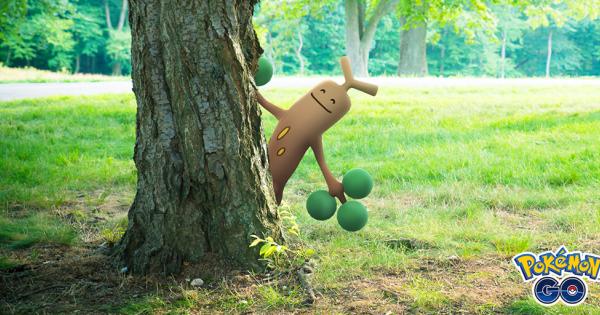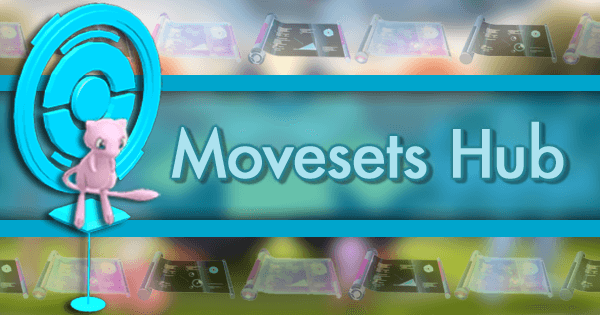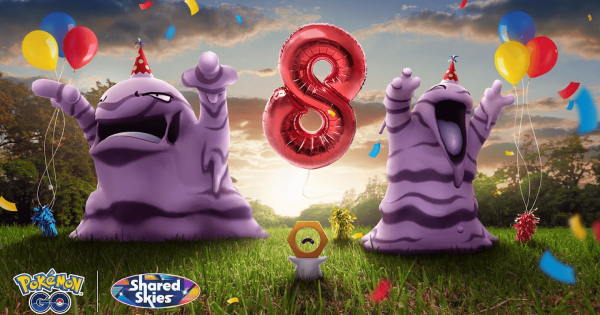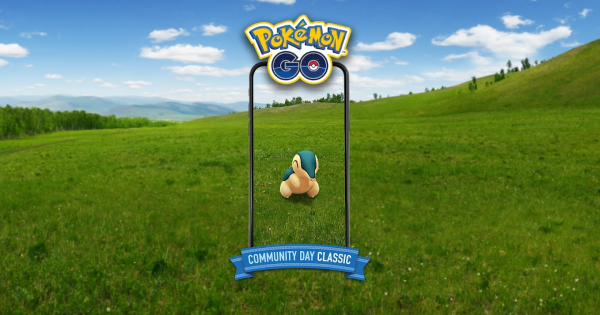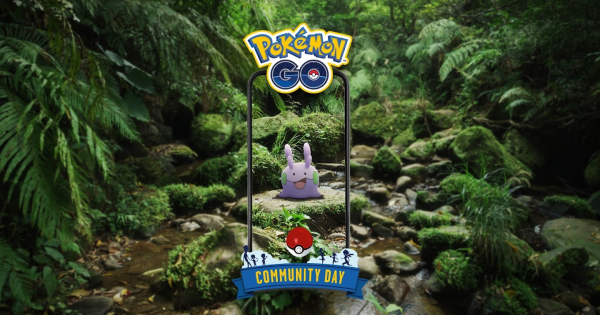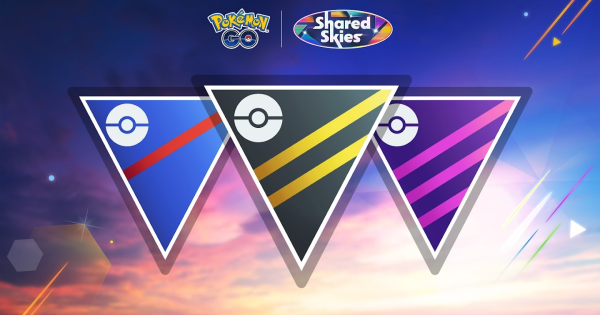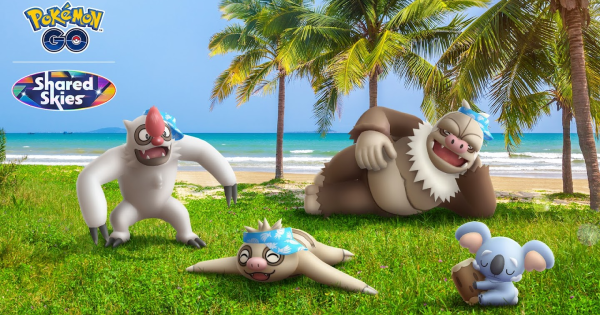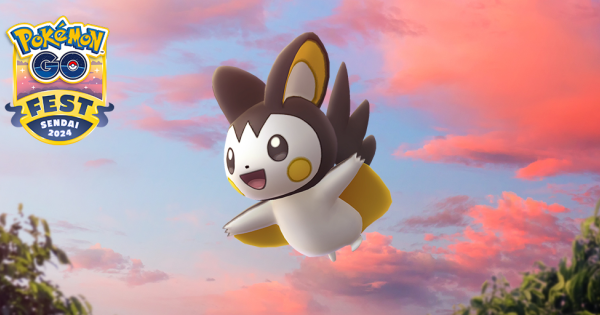Two new features have been announced by Niantic, both attempts to expand Pokemon Go's augmented reality features.
Reality Blending
Reality Bending is the name given to an enhancement to Pokemon Go's AR features. As can be seen in the demo image above, it allows Pokemon Go's AR system to put reality in "layers" and allow Pokemon to interact with foreground objects in a manner similar to real life. This feature is confirmed to be compatible with the Samsung Galaxy S9, Samsung Galaxy S10, Google Pixel 3, and Google Pixel 4 thus far, though it's likely that more devices with the technological capabilities needed to run this feature will also be included in this list. Select players with these specific phones will be given access to this feature in the near future.
Pokestop Scanning
In a move similar to what has been done with another of Niantic's games, Ingress, the mapping capabilities of Pokemon Go are soon to be expanded.
Players will be able to take up to 10-second recordings of different stops and gyms and submit them to Niantic in order to help create a more realistic 3d map. While the exact application has not yet been expanded on to any great degree, this could very well change the map on which Pokemon Go is built in various ways and bring us one step closer to the AR-real world integration that Niantic has long been striving for.
This feature will first release to Lv.40 players in early june, and will later roll out to other player levels moving forward.
Full Announcement
Click to View
Trainers,
We have a couple of exciting features rolling out soon: Reality Blending and PokéStop scanning.
Reality Blending
Trainers have always dreamed of having their Pokémon by their side in the real world. As Pokémon GO has grown throughout the years, Trainers have been able to walk, play, and take snapshots with their Buddy Pokémon.
We are now introducing a new way for your buddy to become part of your world like never before. By taking advantage of the latest AR functionality on devices like the Samsung Galaxy S9, Samsung Galaxy S10, Google Pixel 3, and Google Pixel 4, we are developing ways your buddy can appear more realistically within the world around you. We are excited to announce that we are testing the new Reality Blending feature in snapshots for Pokémon GO.
With Reality Blending, Pokémon will be able to move behind objects, either partially or completely. Watch your Pokémon peek at from behind a bookcase, or jump out from behind the couch! This cutting-edge AR feature will roll out for testing to a small number of random Trainers with certain Android devices, starting with the Samsung Galaxy S9, Samsung Galaxy S10, Google Pixel 3, and Google Pixel 4. We’ll then roll out Reality Blending to more devices so more Trainers can share even more experiences with their buddies in the real world!
Help us map the world in AR
At Niantic, we are working to develop a dynamic 3-D map of existing PokéStops and Gyms so we can continue to develop and refine AR features in the future. To help in this mission, we are bringing an opt-in feature to the Pokémon GO community called PokéStop Scan, which will be first available to level 40 Trainers in early June before rolling out to more players by level.
An adaptation of a feature released in Ingress, this feature will let Trainers upload videos of real-life PokéStop and Gym locations to Pokémon GO, which can help us on this mapping journey. If you opt in, you’ll be asked to record video of a PokéStop or Gym’s real-life location from as many angles as possible, up to a maximum of 10 seconds per video.
These videos will allow us to generate dynamic 3-D maps of PokéStop locations. This can give us a better understanding of how virtual objects persist and where they are in relation to one another, which will help us improve the game’s overall AR experiences. In addition, the 3-D objects allow our devices to further understand what they are looking at in order to augment reality in real time.
Pokémon Trainers will be able to contribute to building 3D maps of their favorite PokéStops and Gyms by walking around their favorite public places and recording a stream of images with their phone. Techniques such as blurring potentially recognizable objects like faces or license plates are automatically applied to information that Trainers choose to send to Niantic. Niantic does not collect or store any personal data in connection with this information and it is not tied to specific player accounts. For more information, please read our privacy policy.
While there are still a lot of challenges to tackle to improve AR, we hope these additions will help us continue to create fun and exciting ways for people to interact with the world. By bringing better interactions to AR and by making it possible for people to share the places that matter to them, we hope to create a special map of the world that inspires people to explore.
Please be aware of your surroundings and follow guidelines from local health authorities when playing Pokémon GO. Be sure to follow us on social media, opt in to receiving push notifications, and subscribe to our emails to stay updated. For the latest on in-game events and feature updates, be sure to check this help center article.
—The Pokémon GO team


